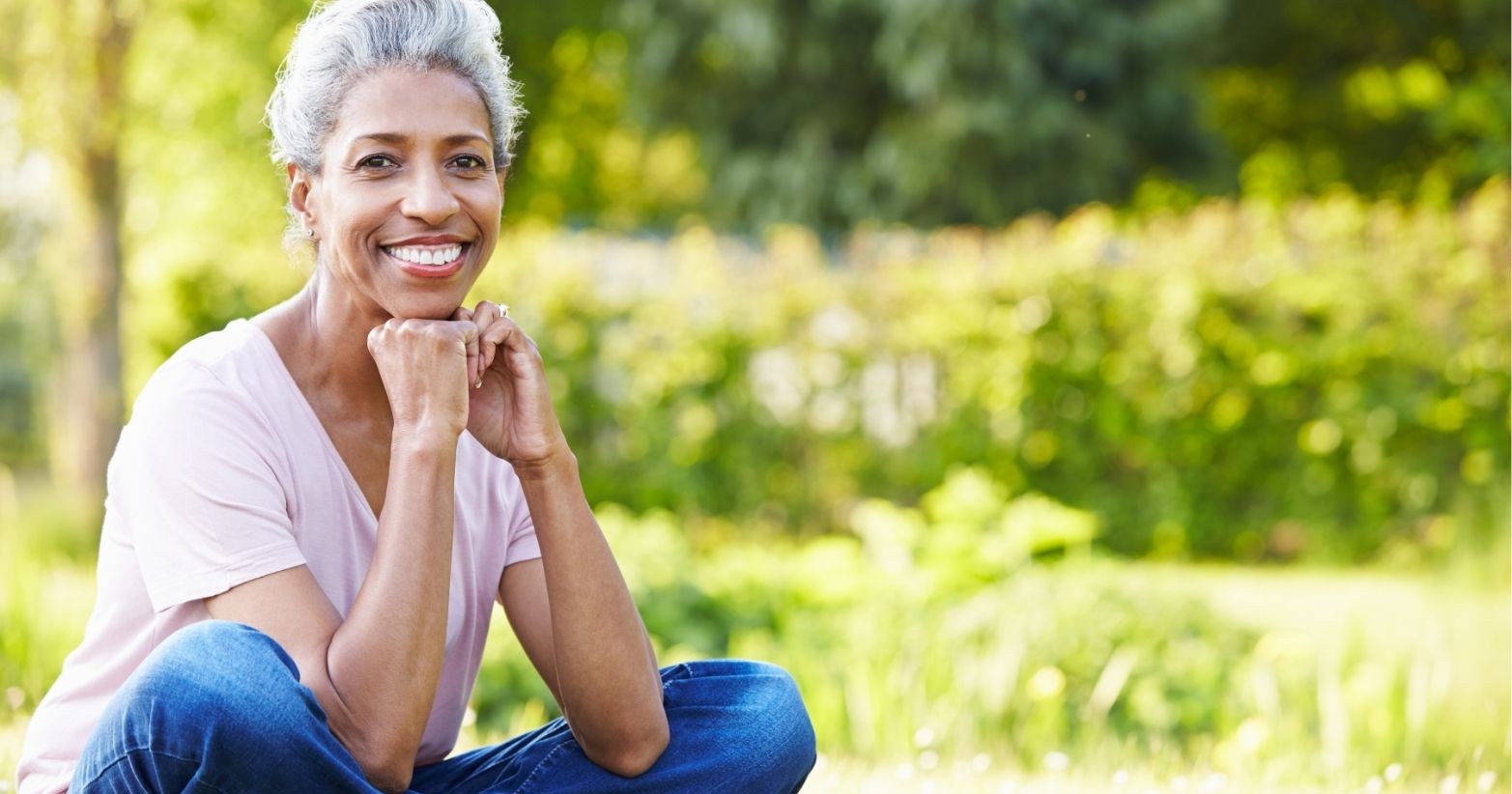By Ese Ogaga
Women’s health doesn’t follow a straight line. It comes in waves, in cycles, in seasons. From the moment a girl enters adolescence to the time she embraces meno-pause, her body keeps moving through changes. Sometimes quietly, sometimes dramatically. Each stage matters, and when we begin to see them as connected, we can better support women across generations.
- Adolescence: The Beginning of the Cycle
Adolescence is often the first “big shift” in a girl’s life. Her first period may bring excitement, embarrassment, or confusion, sometimes all at once. Beyond the biology, this stage is about learning how to understand her body and emotions. Hormones affect mood, sleep, skin, and energy levels. Add the pressures of school, friendships, and self-image, and you see why adolescence can feel overwhelming.
When we take adolescent health seriously, we go beyond just telling girls about pads and cycles. We create open conversations about mental health, nutrition, body confidence, and healthy relationships and boundaries. The more knowledge a young girl gains about her body early on, the more empowered she becomes to make healthier decisions later in life.
Wellness Tips for Adolescents
- Track your cycle: a simple calendar or app helps.
- Eat iron-rich foods like spinach and beans to support blood health.
- Normalize talking about mood, skin, or body changes with a trusted adult.
Did You Know?
The global average age for a girl’s first period is around 12 years old.
2. The Reproductive Years: Balance and Demands
In adulthood, many women face the challenge of balancing studies, careers, relationships, and, for some, motherhood. This stage gets the most attention from sociaty, it covers prenatal care, fertility, post-partum and family planning. While these are important, women’s health in these years is about more than reproduction. Stress management, exercise, nutrition, and regular health checks are just as critical.
This is the time to lay strong foundations. The habits built here such as good sleep, eating balanced diets, movement, and mental well-being can help ease the transition into the next big shift.
Wellness Tips for Women in Reproductive Years
- Don’t skip routine screenings: Pap smears and breast exams, save lives.
- Be Intentional about Balance stress
- Prioritize sleep: It supports fertility, mood, energy levels & immunity.
3. Perimenopause: The Transition Years
Before menopause comes perimenopause, the phase where hormone levels begin to fluctuate, sometimes years earlier than expected often in a woman’s late 30s or 40s. This is when cycles may become irregular, sleep gets disrupted, and mood swings feel more intense. Some women experience hot flashes, while others notice brain fog or changes in weight.
What makes perimenopause tricky is that many women don’t realize what’s happening. They may assume other causes for the symptoms like stress or busy lifestyles and not connect them to hormonal changes. Understanding perimenopause matters because early awareness helps women seek the right support from lifestyle adjustments to medical advice.
Wellness Tips for Perimenopause
- Track your symptoms alongside your cycle. Patterns can reveal a lot.
- Focus on heart health: Regular exercise and balanced eating lower long-term risks.
- Don’t hesitate to talk to your doctor: Hormone therapy, supplementation and natural remedies can help.
Did You Know?
Perimenopause can last 4–10 years before periods stop completely.
4. Menopause: Another Turning Point
Every October, World Menopause Day (October 18) reminds us that menopause is a natural stage, not an illness or the end of vitality. Yet, it’s still often treated like a taboo. Hot flashes, night sweats, mood swings, and fatigue are real, but what makes menopause harder is the silence surrounding it.
For many women, menopause happens right as they are supporting teenagers at home. Think about that a mother navigating her last cycles while her daughter is just starting hers. Both are adjusting to hormonal changes, both are experiencing mood swings, and both need understanding. Talking openly about this at home can turn what feels like an isolating experience into a moment of connection.
Wellness Tips for Women in Menopause
- Stay active to reduce hot flashes and keep bones strong.
- Add calcium and vitamin D to your diet for bone health.
- Speak up and share your experiences with your doctor and loved ones.
Did You Know?
Menopause usually begins between 45 and 55 years old, though symptoms can appear years earlier.
Why It Matters Across Generations
Adolescence and menopause might seem worlds apart, but they share a lot in common: shifting hormones, changing identities, and the need for support. One stage signals the start of cycles and the other signals their gradual end. Both can feel confusing, both can affect self-esteem, and both benefit from open dialogue.
Imagine if teenage girls heard not only about what’s happening to them but also about what their mothers or grandmothers are experiencing. Imagine if mothers going through menopause could openly tell their daughters, “I’am going through changes too.” These conversations build empathy and break down stigma, making health a family, not just an individual, journey.
Celebrating the Cyclical Woman
Women’s health is lifelong, and every stage deserves care. Adolescence, reproduction, perimenopause and menopause are not disconnected chapters but part of one continuous story. When we prepare girls for their cycles, support women in their busy midlife years, and normalize menopause, we create healthier families and communities.
This Menopause Day, let’s celebrate the cyclical woman not defined by one stage, but by the way she moves through them all, with resilience, strength, and grace.







